For many kitchen professionals and enthusiasts, an enameled cast iron sink isnt just another utilityits a centerpiece of culinary inspiration and visual appeal. However, over the years, these sinks tend to lose their charm, succumbing to chips, stains, mineral buildup, and dullness. If youre wondering how to restore an enameled cast iron sink, youve come to the right place. This tremendous and exclusive guide dives deep into a step-by-step process that is nothing short of life-changing.
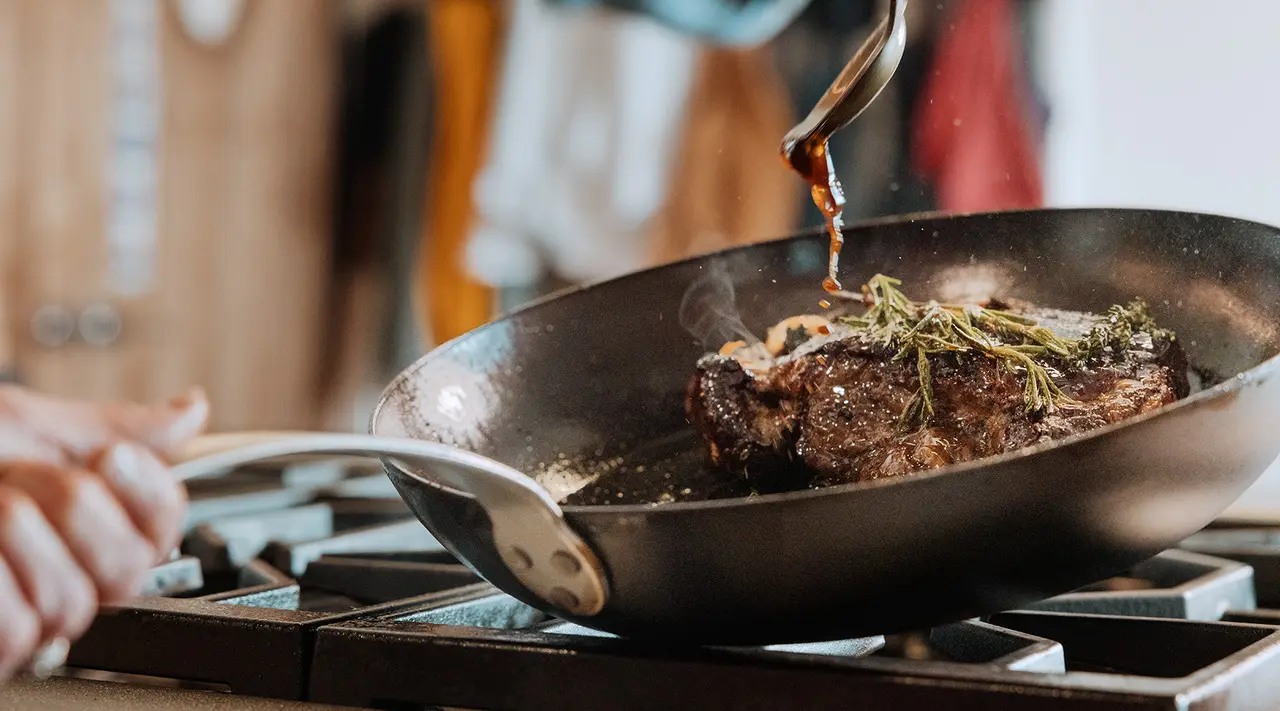
Understanding Enameled Cast Iron Sinks
Before embarking on a restoration journey, its essential to understand what makes an enameled cast iron sink so unique. Unlike stainless steel sinks or porcelain alternatives, these sinks combine the timeless durability of cast iron with a smooth, glossy enamel finish. This finish not only enhances their aesthetic value but also makes them resistant to scratches and stainsthough only up to a point.
Over time, improper use, abrasive cleaners, or hard water buildup can wear down that enamel finish. Restoring it isnt just about aesthetics; its about bringing the functionality and charm of these stellar kitchen utilities back to their former glory.
Step 1: Assessing the Damage
Restoration begins with an assessment phase. Examine your sink closely under bright light to identify:
- Chips or cracks in the enamel
- Discoloration or stains
- Buildup of limescale or other minerals
- General dullness of the enamel
Once youve determined the severity of the issues, you can decide on whether a simple cleaning, resurfacing, or professional refinishing is required.
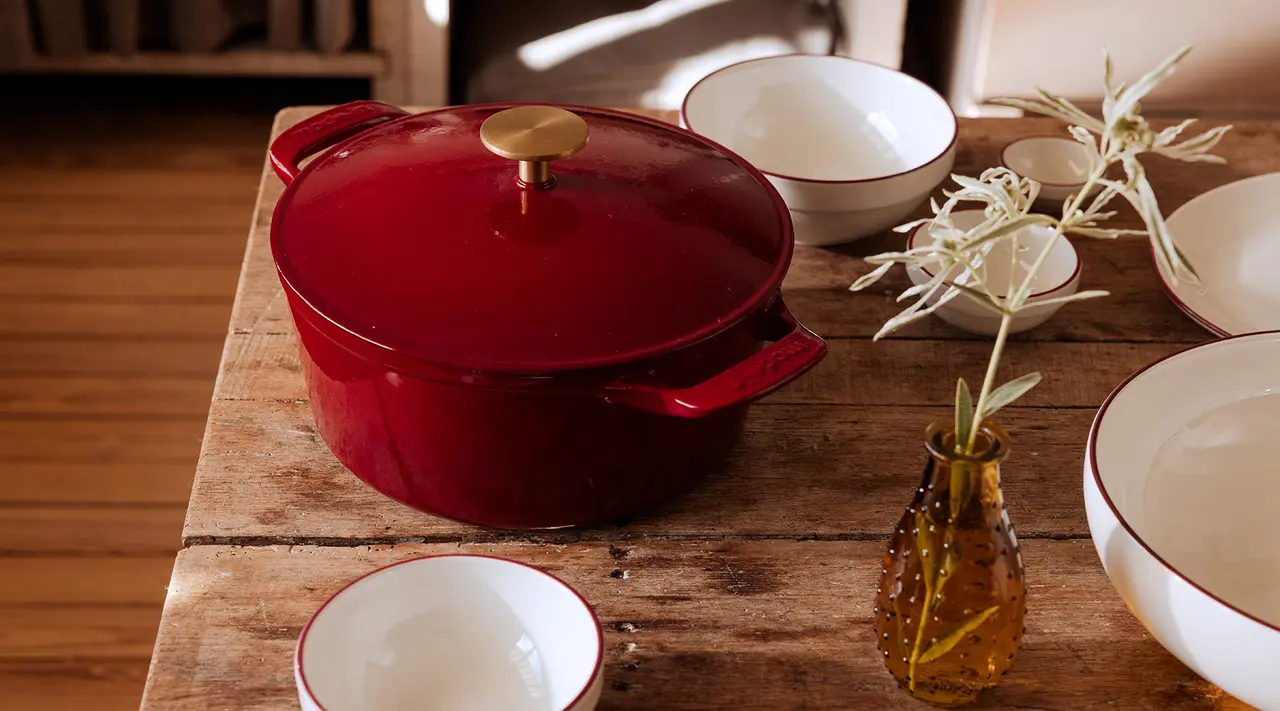
Step 2: Deep Cleaning the Sink
An often-overlooked, yet shocking tip: many sinks that look damaged are simply instances of enameled surfaces layered with stubborn stains or dirt. Follow these cleaning steps:
Gather Your Supplies:
- Non-abrasive cleaner or baking soda
- White vinegar
- Soft sponge or microfiber cloth
- An old toothbrush for detailed cleaning
This article contains affiliate links. We may earn a commission at no extra cost to you.

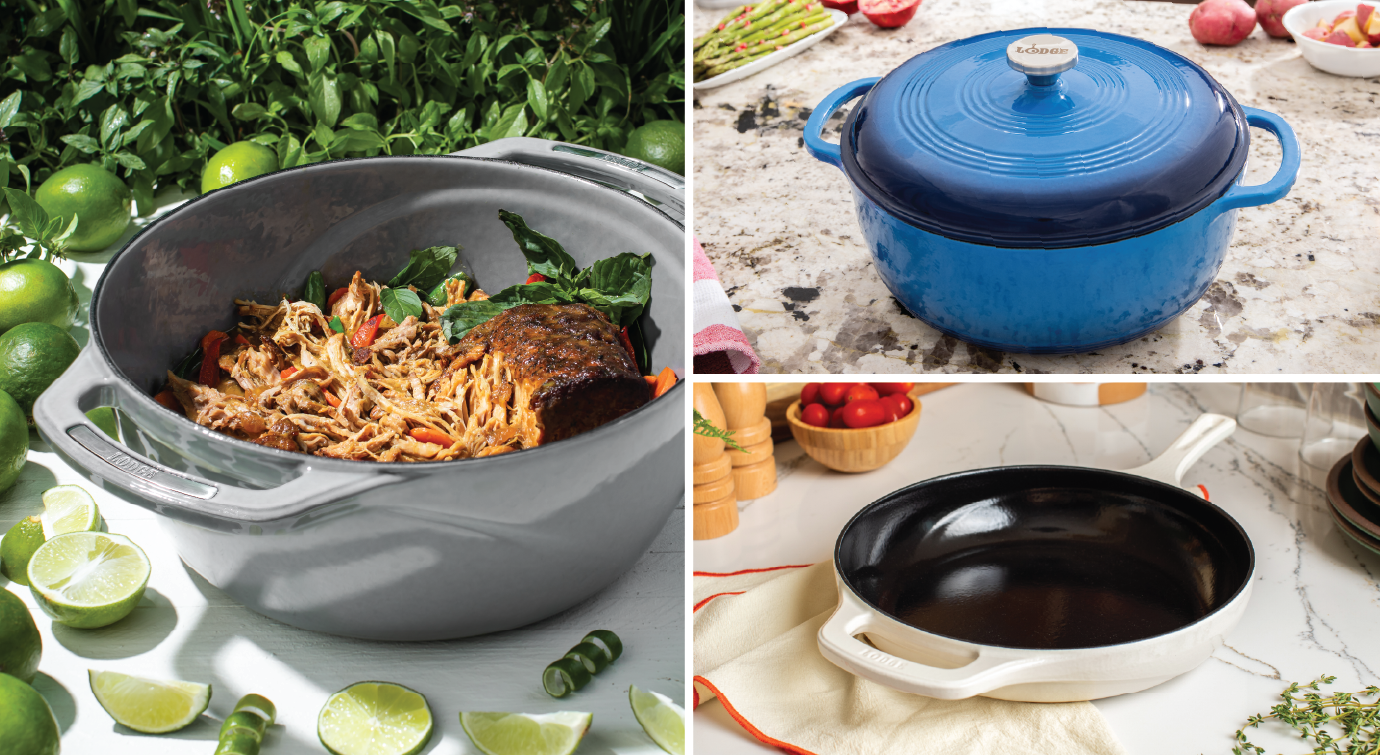


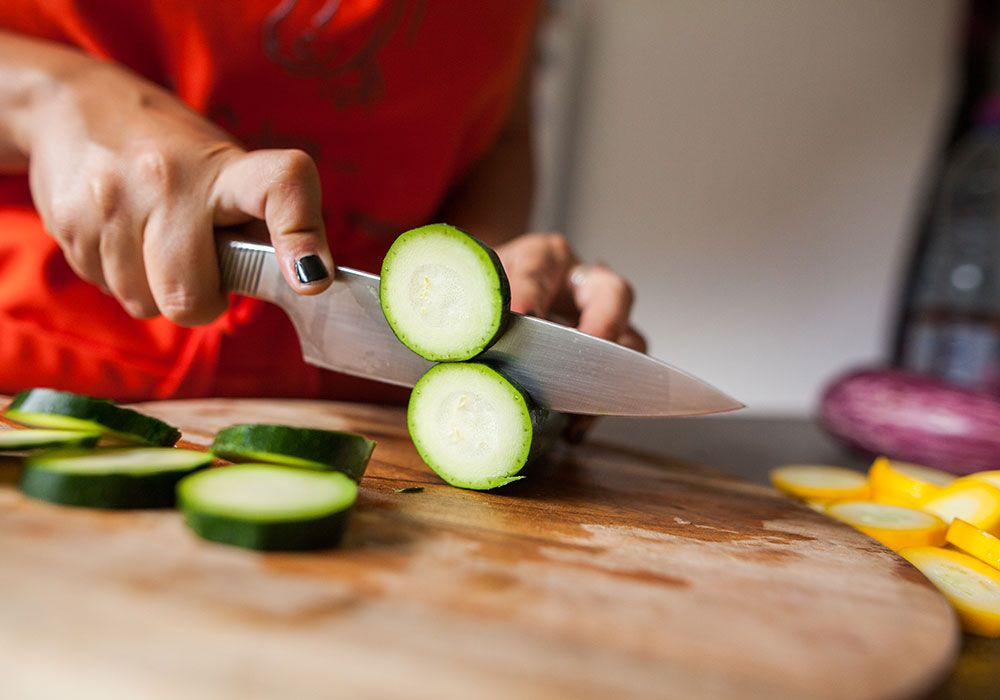
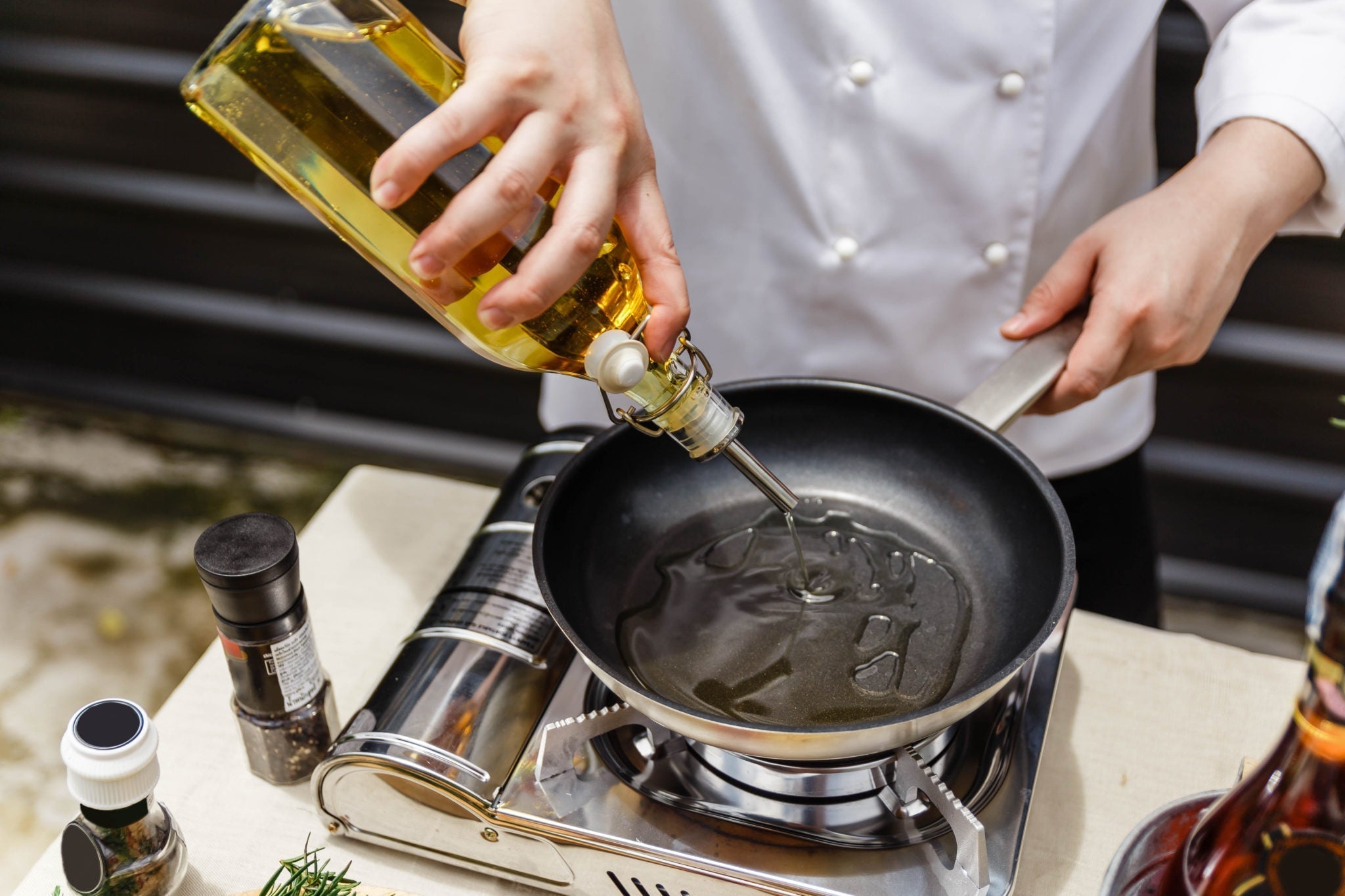
Leave a comment
This site is protected by hCaptcha and the hCaptcha Privacy Policy and Terms of Service apply.